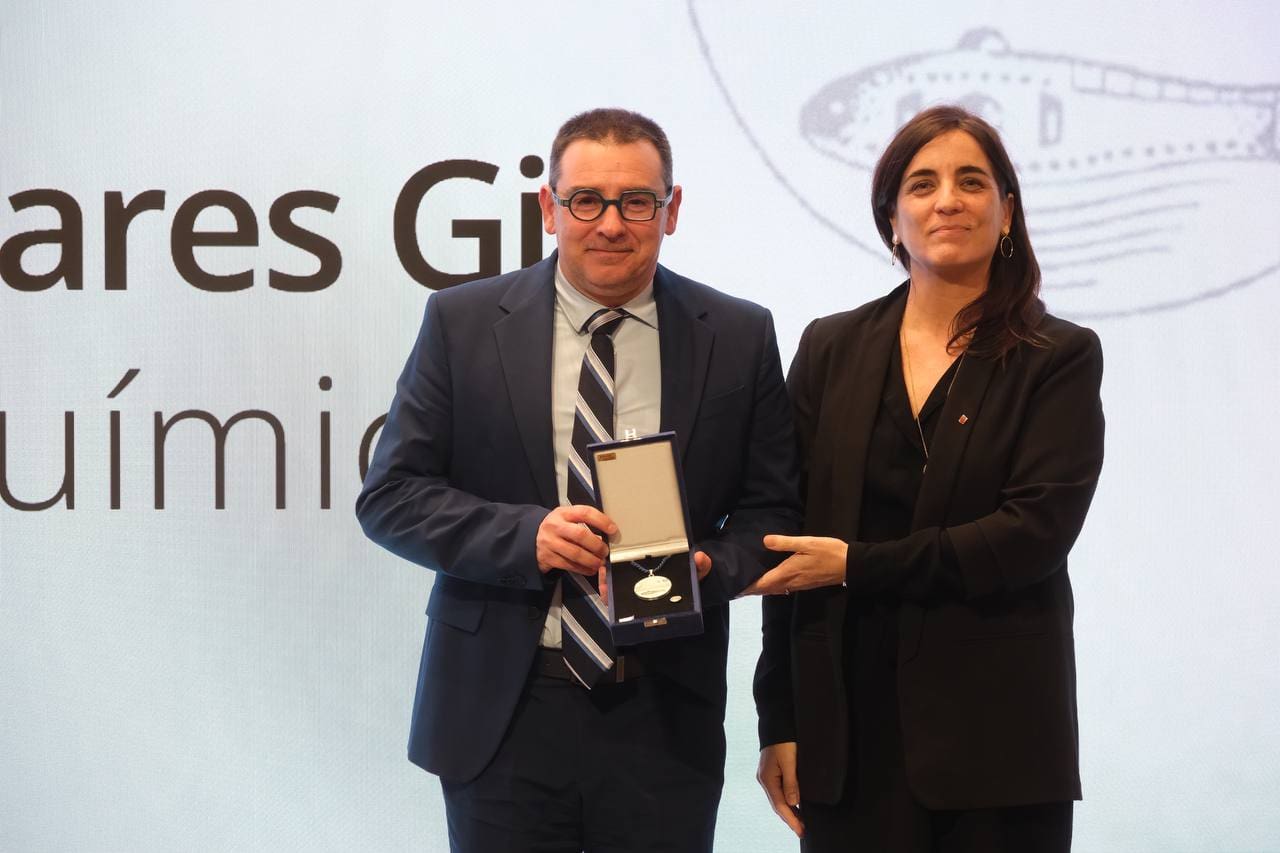New water treatment method can generate green energy
14th November 2023 -
- Researchers from ICIQ have designed micromotors that move around on their own to purify wastewater. The process creates ammonia, which can serve as a green energy source.
- A machine learning method developed at the University of Gothenburg will be used to tune the motors to achieve the best possible results.
Micromotors have emerged as a promising tool for environmental remediation, largely due to their ability to autonomously navigate and perform specific tasks on a microscale. The micromotor is comprised of a tube made of silicon and manganese dioxide in which chemical reactions cause the release of bubbles from one end. These bubbles act as a motor that sets the tube in motion.
Researchers from the Institute of Chemical Research of Catalonia (ICIQ) have built a micromotor covered with laccase, a chemical compound which accelerates the conversion of urea into ammonia. Urea is an emerging contaminant, being a common pollutant from residential activities (urea is the main component of urine) and from different industrial processes.

“This is an interesting discovery. Today, water treatment plants have trouble breaking down all the urea, which can result in eutrophication when the water is released. This is a serious problem in urban areas in particular,” says Rebeca Ferrer, a PhD student from Dr. Katherine Villa’s group at ICIQ. Converting urea into ammonia can remove the pollutant, but offers other advantages as well. Ammonia is gaining importance as a source of green energy; this compound can be decomposed for the production of hydrogen and can be storage as green fuel.
The researchers, however, had to face several challenges in the development of this research, such as the bubbles produced by the micromotors. “We need to optimise the design so that the tubes can purify the water as efficiently as possible. To do this, we need to see how they move and how long they continue working, but this is difficult to see under a microscope because the bubbles obscure the view,” Ferrer explains.
Thanks to a machine learning method developed by researchers at the University of Gothenburg, it is possible to estimate the movements of the micromotors. This method also enables several motors in the liquid to be monitored simultaneously. “If we cannot monitor the micromotor, we cannot develop it. Our machine learning works well in a laboratory environment, which is where the development work is currently under way,” says Harshith Bachimanchi, a PhD student at the Department of Physics, University of Gothenburg.
The researchers have trouble saying how long it will be before urban water treatment plants can also become energy producers. Much development work remains, including on the machine learning method, which needs to be modified to work in large-scale trials. “Our goal is to tune the motors to perfection,” Bachimanchi ends.
This project has received financial support from the Spanish Ministry of Science (MCIN/AEI/10.13039/501100011033 and CEX2019-000925-S) and the European Union (next generation EU/PRTR) through the Ramón y Cajal grant, RYC2021-031075-I. This work was partly supported by the H2020 European Research Council (ERC) Starting Grant ComplexSwimmers (Grant No. 677511), the Horizon Europe ERC Consolidator Grant MAPEI (Grant No. 101001267), the Knut and Alice Wallenberg Foundation (Grant No. 2019.0079).
Related news

Let's create a brighter future
Join our team to work with renowned researchers, tackle groundbreaking
projects and contribute to meaningful scientific advancements






 27-03-2025
27-03-2025 



















